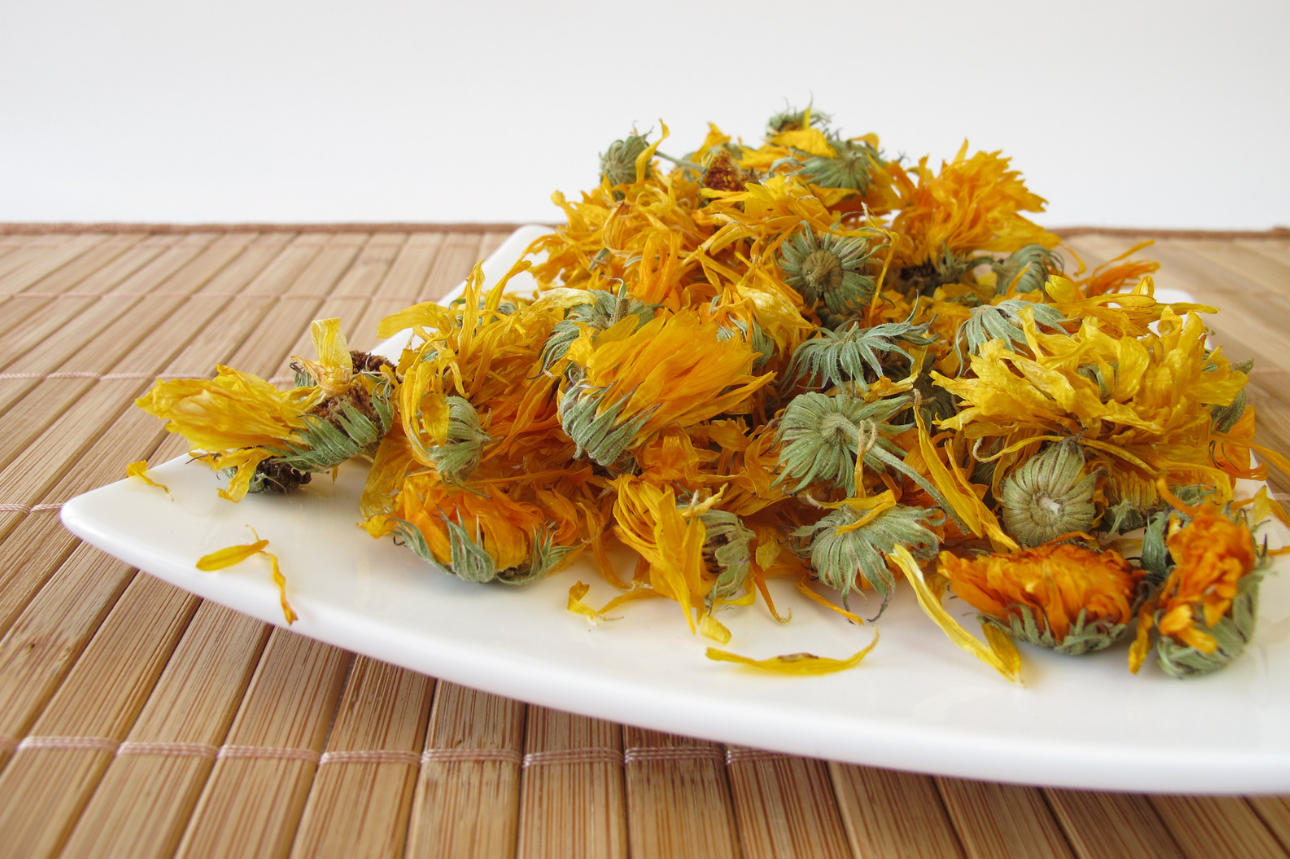Resilient Blooms: Nature’s Stress Lesson
Every garden has its overachievers — the blooms that don’t just survive, they shine — through heat, drought and unpredictable weather. Take echinacea, for instance. Those sturdy purple-pink petals stand tall— both through storms and blazing sun. Marigolds always stay bright, cheerful and somehow unfazed by neglect. And calendula, with its golden petals and steady endurance, keeps blooming long after others fade. These flowers are fighters, thriving under stress instead of folding beneath it.
What’s the secret to their strength? It’s chemistry.
When challenged by harsh sun, pests or disease, plants produce protective compounds called phytochemicals — natural antioxidants, flavonoids and polyphenols that repair cellular damage and calm internal stress. Think of them as a flower’s built-in defense system, quietly working beneath the surface.
These compounds aren’t random; they’re a direct response to hardship. The tougher the conditions, the stronger the plant’s internal pharmacy becomes.
Here’s where nature blurs the line between its resilience and ours. The very same compounds that help echinacea, marigolds and calendula survive also support human health.
Echinacea’s alkylamides stimulate immune function and help the body fend off infection. Marigold’s lutein and beta-carotene protect our skin and eyes from oxidative stress. And calendula’s triterpenoids calm inflammation both inside and out.
As a result, when we grow, brew or apply these plants, we borrow a piece of their survival strategy.
Modern science is only beginning to appreciate this flower-to-wellness reciprocity. Studies show that when stressed plants produce phytochemicals, the phytochemicals act as hormetic stressors within the plant, strengthening its cells and enhancing its ability to recover.
When we consume or use these same compounds, they offer us similar benefits. They can gently stimulate our own cellular repair systems, helping to balance inflammation and build resilience from the inside out. The stress that challenges the plant ultimately becomes the chemistry that strengthens us.
There’s something deeply poetic about that. Flowers don’t toughen up by avoiding stress — they adapt through it. They convert adversity into color, fragrance and medicine. Their resilience is quiet but fierce, and it reminds us that thriving isn’t about avoiding pressure. It’s about transforming it.
So next time you notice a marigold blooming after a hard rain, a calendula steady through the cold or an echinacea still upright after the first frost, remember what they’re built for. Their strength isn’t loud or dramatic — it’s quiet, steady and efficient. The same chemistry that helps them endure can help us weather our own storms — and restore balance from the inside out.






